Advertisement
Most people building machine learning apps or sharing models run into a similar roadblock: getting a usable interface in front of something mostly built in notebooks and scripts. You either write a bunch of Flask code or struggle with frontend frameworks just to get a basic web interface. That's where Gradio steps in.
Grado makes it easier to wrap your models or functions into a simple, interactive UI that can run in a browser. It looks like a UI library, but if you think it's just another one of those, you're missing what makes it special. Here’s a deeper look at why Gradio is in its category—and why developers, researchers, and even educators are drawn to it.
Most UI libraries give you buttons, sliders, and widgets—but that’s where their job ends. Gradio was built with machine learning in mind. It assumes you're feeding in models or functions and gives you the inputs and outputs that suit that world—text, images, audio, and even webcam input.

You don’t have to know HTML, CSS, or JavaScript to build something useful with Gradio. With just a few lines of Python, you can create something interactive and hosted in a browser. No React, servers, or setup exists beyond installing a pip package.
Many libraries claim to be easy to use, but Gradio is actually easy. You import it, define your function, pick your input/output types, and launch. It runs locally in seconds and can be shared instantly.
This is one of the most underrated features. When you launch a Gradio interface, you can generate a public share link. This lets anyone try your model—without hosting anything yourself. It's perfect for quick demos, prototypes, or testing something with a non-technical audience.
Gradio doesn’t just work with text or numbers. It handles audio, images, video, sketches, and data frames. You can even accept speech or record from a webcam, opening the door to interfaces beyond the usual forms and text boxes.
No need to worry about styling or design—it looks good out of the box. The default Gradio UI is minimal and clear, often all you need. If you want to customize it, you can, but it doesn't force you to.
You can easily add examples that users can click on to test your model. This is especially helpful when you want people to try specific inputs without having to type them out. It’s a small touch, but it adds a lot of usability.
Even though Gradio is associated with machine learning, it works with any Python function. You can use it for simple utilities, text transformations, simulations, or anything else you want to demo or interact with.
Gradio interfaces often include drag-and-drop support for files like images or audio. This makes it easy for users to test your app with their content without dealing with clunky upload steps.
You don't need to restart your server or browser whenever you change something. Gradio interfaces update live in development, which speeds up testing and iteration. This is huge when you're tweaking model behavior or adjusting the UI.
You can embed a Gradio interface into a blog, documentation site, or anywhere that supports iframes. Readers can try your model in context without jumping to another page or installing anything.
There are no licenses, pricing tiers, or limited functionality behind a paywall. Gradio is fully open-source and has no restrictions on its core functionality. You can use it freely in personal or professional projects.

Gradio is closely tied to Hugging Face, which means if you host a model there, you can automatically get a Gradio interface—no extra work. That’s a big win for researchers or developers who want to publish and share their models quickly.
Gradio allows you to keep track of the session state. For instance, if your model needs to store a conversation history (like a chatbot) or you want to cache some data between calls, Gradio makes this easy with its state parameter.
Sometimes, you want to connect different models or steps in a pipeline. Grado makes it easy to chain functions together so one output becomes the input to the next. This is helpful when building more complex applications without writing glue code.
Gradio is designed to be lightweight—not bloated with extra dependencies or complex infrastructure. And the UI it generates is accessible to a wide audience, including people using screen readers or assistive tech.
Gradio isn’t just built for the community—it’s maintained by people who use it regularly. That shows how practical the features are. Bugs get fixed, new components are added, and there's an active feedback loop between users and maintainers.
Gradio doesn’t try to be everything. It does one thing well: turning Python functions—especially ML models—into usable, shareable web interfaces with minimal effort. That simplicity is what makes it stand out. If you’ve ever spent hours wrestling with frontend code or struggled to show your work to someone who doesn’t code, you’ll probably see why Gradio feels different. It’s not trying to replace full-stack development. It just skips all the extra steps between having something that works in a notebook and getting real people to interact with it. That’s not just another UI library. That’s a practical shift in how people can build and share machine learning tools.
Advertisement
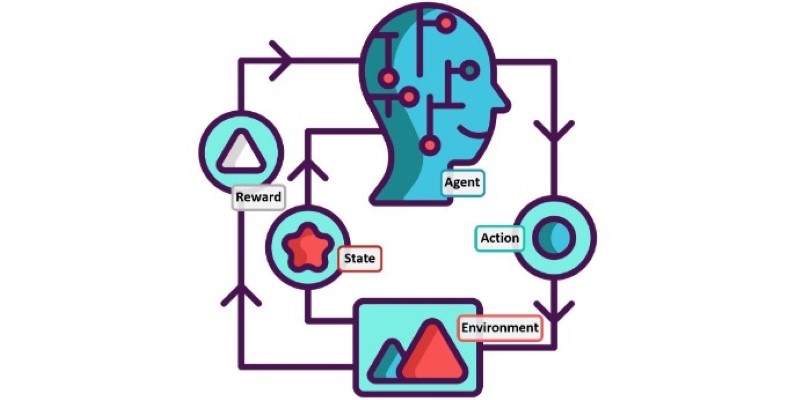
Confused between lazy learning and eager learning? Explore the differences between these two approaches and discover when to use each for optimal performance in machine learning tasks

How Toyota is developing AI-powered smart factory tools in partnership with technology leaders to transform production efficiency, quality, and sustainability across its plants

How the latest PayPal AI features are changing the way people handle online payments. From smart assistants to real-time fraud detection, PayPal is using AI to simplify and secure digital transactions
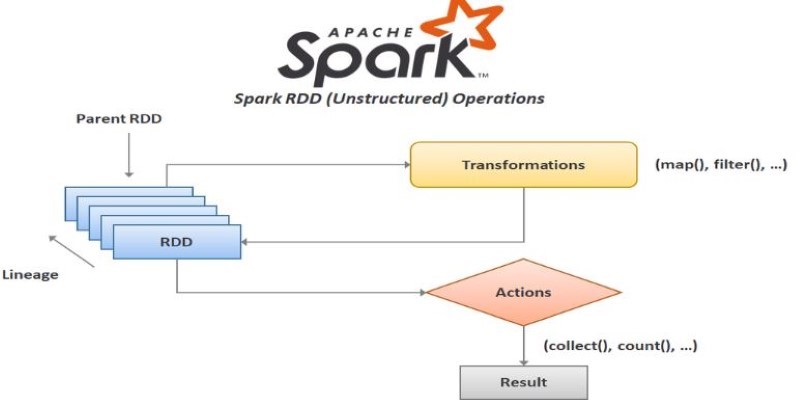
How to create RDD in Apache Spark using PySpark with clear, step-by-step instructions. This guide explains different methods to build RDDs and process distributed data efficiently
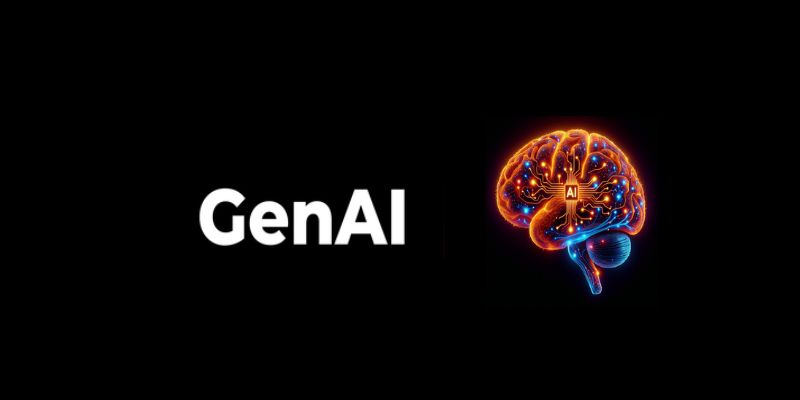
Learn how to boost sales with Generative AI. Learn tools, training, and strategies to personalize outreach and close deals faster

Discover how the NLP course is evolving into the LLM course, reflecting the growing importance of large language models in AI education and practical applications
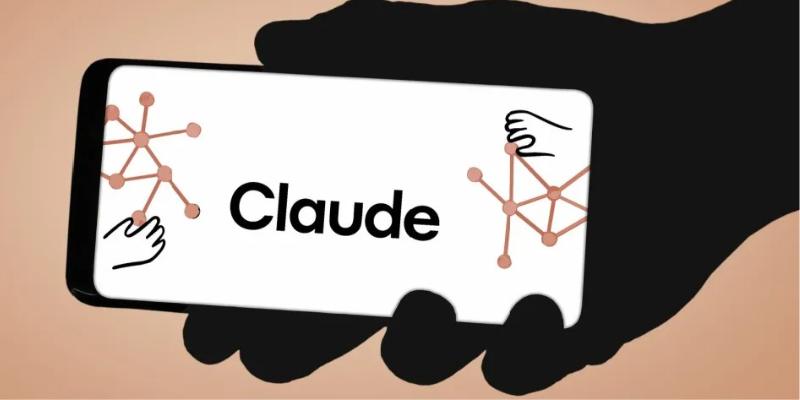
Explore seven advanced Claude Sonnet strategies to simplify operations, boost efficiency, and scale your business in 2025.

GenAI helps Telco B2B sales teams cut admin work, boost productivity, personalize outreach, and close more deals with automation

Explore Apple Intelligence and how its generative AI system changes personal tech with privacy and daily task automation

Google’s Agentspace is changing how we work—find out how it could revolutionize your productivity.

Can AI actually make doctors’ jobs easier? Microsoft just launched its first AI assistant for health care workers—and it's changing the way hospitals function
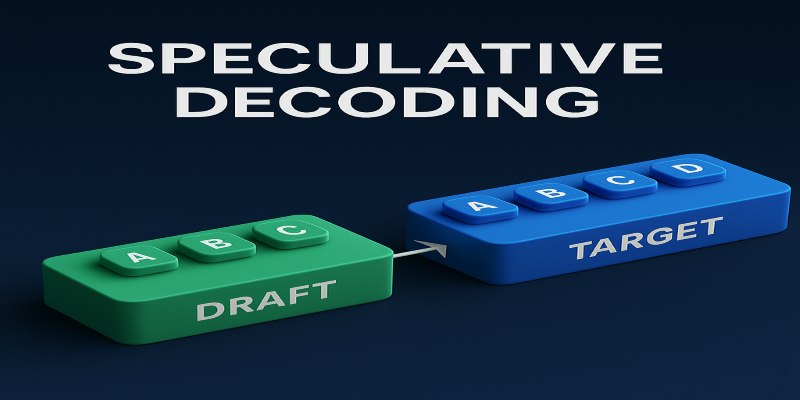
Dynamic Speculation predicts future tokens in parallel, reducing wait time in assisted generation. Here’s how it works and why it improves speed and flow